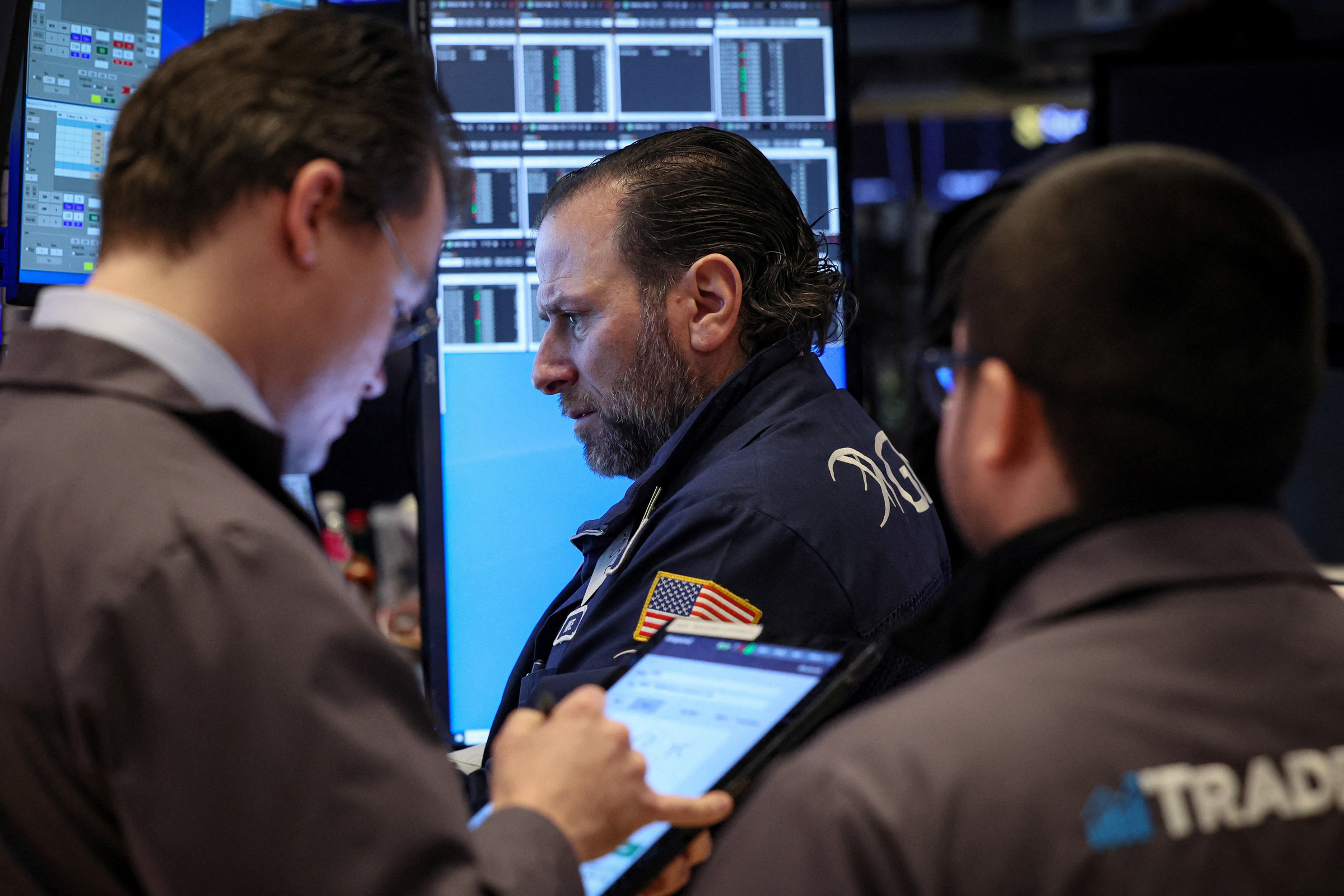On 17/9, the Federal Reserve (Fed) lowered its benchmark interest rate by 25 basis points (0.25%) to 4-4.25%. This marks the Fed's first monetary policy adjustment this year, following three consecutive rate cuts in 2024.
The Fed projects a further 50 basis point reduction this year and 25 basis points next year, but notes these are "probabilities" rather than "certainties." They also assess the US economic outlook as remaining uncertain.
Fed Chair Jerome Powell highlighted the "difficult situation" with inflation risks skewed to the upside and employment risks to the downside. The Fed forecasts 3% inflation this year, exceeding the 2% target, and GDP growth ticking up to 1.6% from 1.4%.
These Fed actions left investors underwhelmed, having anticipated more aggressive easing following data showing unemployment rising to 4.3% in August and new jobs falling short of forecasts.
Following a volatile trading session on 17/9, both the Nasdaq and S&P 500 declined. Yields on 2-year and 10-year Treasury bonds rose to 3.55% and 4.09%, respectively.
 |
Traders at the New York Stock Exchange on 7/2/2024. Photo: Reuters |
Traders at the New York Stock Exchange on 7/2/2024. Photo: Reuters
Larry Hatheway, a strategist at Franklin Templeton Institute, suggests investors may be disappointed by the Fed's avoidance of a specific rate cut roadmap, opting instead for a data-driven approach at each meeting. "We have been cautious for a while, and the Fed’s message reinforces that view," he said.
According to Dan Siluk at Janus Henderson Investors, the Fed's message indicates monetary policy isn't making a complete pivot towards easing. Josh Hirt, chief US economist at Vanguard, notes that investors struggle to envision the path forward due to the lack of clear guidance from the monetary authority.
The Fed even appears trapped in a difficult situation, according to Jack McIntyre, chief investment officer at Brandywine Global Investment Management. "They are forecasting stagflation – rising inflation with a weaker labor market. That is not a good environment for financial assets," he said.
US inflation in August reached its highest point in seven months, combined with a weakening labor market, raising concerns about stagflation, a scenario that haunted the US in the 1970s. "It’s not quite the 1970s yet, but it’s making investors more cautious on returns for stocks and bonds," commented Michael Rosen, an expert at Angeles Investments.
ING bank's research team points out that the Fed's projection of three more rate cuts, totaling 75 basis points (0.75%), indicates their belief that these reductions in the coming months will positively impact the economy.
However, the market "isn't quite buying the soft-landing scenario," anticipating rates below 3% by the second half of 2026, according to ING. "We think the Fed will cut rates more than they are projecting," ING predicts.
The Dutch bank forecasts four 25-basis-point cuts by the Fed in the remaining two meetings this year and Q1 2026, with a potential reassessment at the March 2026 meeting.
Additionally, issues surrounding the perspectives and personnel of the Federal Open Market Committee (FOMC), the body responsible for interest rate decisions, are also causing investor caution. The committee comprises 19 members, but only 12 vote in each round: the seven governors of the Fed's Board of Governors, the president of the Federal Reserve Bank of New York, and four rotating presidents of other reserve banks.
Currently, there's significant disagreement among the 19 FOMC officials regarding the next steps. Anonymous post-meeting views reveal seven members opposed to further rate cuts, two supporting only one more reduction, while ten believe at least two more are necessary.
One member, speculated to be interim Governor Stephen Miran, recently appointed by President Trump, advocates for aggressive cuts, targeting a 2.9% rate by year-end. Powell attributes the divided opinions to the uncertain economic outlook. "There are no riskless paths right now," he said.
In a separate development, Trump's attempt to remove Lisa Cook from the FOMC marks the first time in the Fed's 112-year history that a president has sought to dismiss a governor. This move has raised concerns among experts about the Fed's independence, potentially negatively impacting the market and the economy.
On Tuesday (17/9), Trump stated that Fed officials "have to make their own decision" on interest rates but "should listen to smart people like me."
Previously, he argued for a further 3-percentage-point rate cut by the Fed. When asked about signs indicating the Fed's independence might be succumbing to political pressure, Powell affirmed, "I don’t believe we will get to that situation. We are doing our job the way we always have."
Phien An (Reuters, ING, AP)












